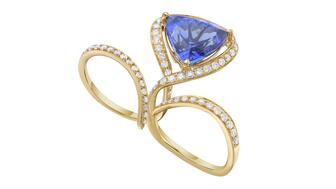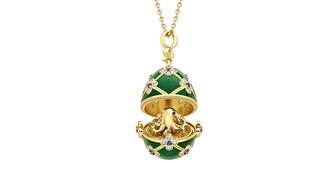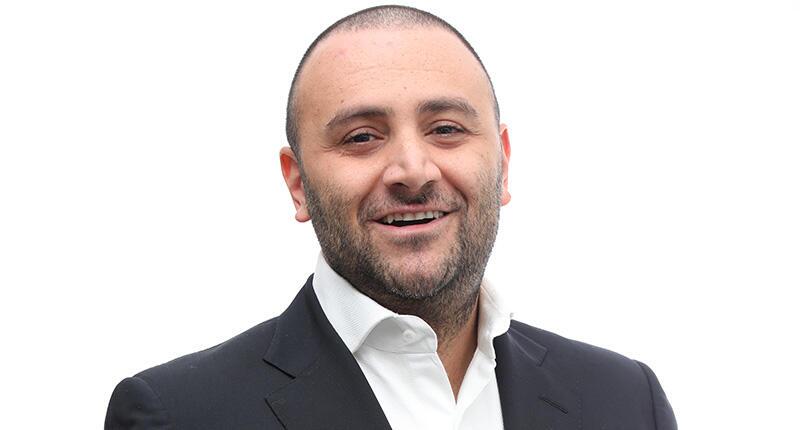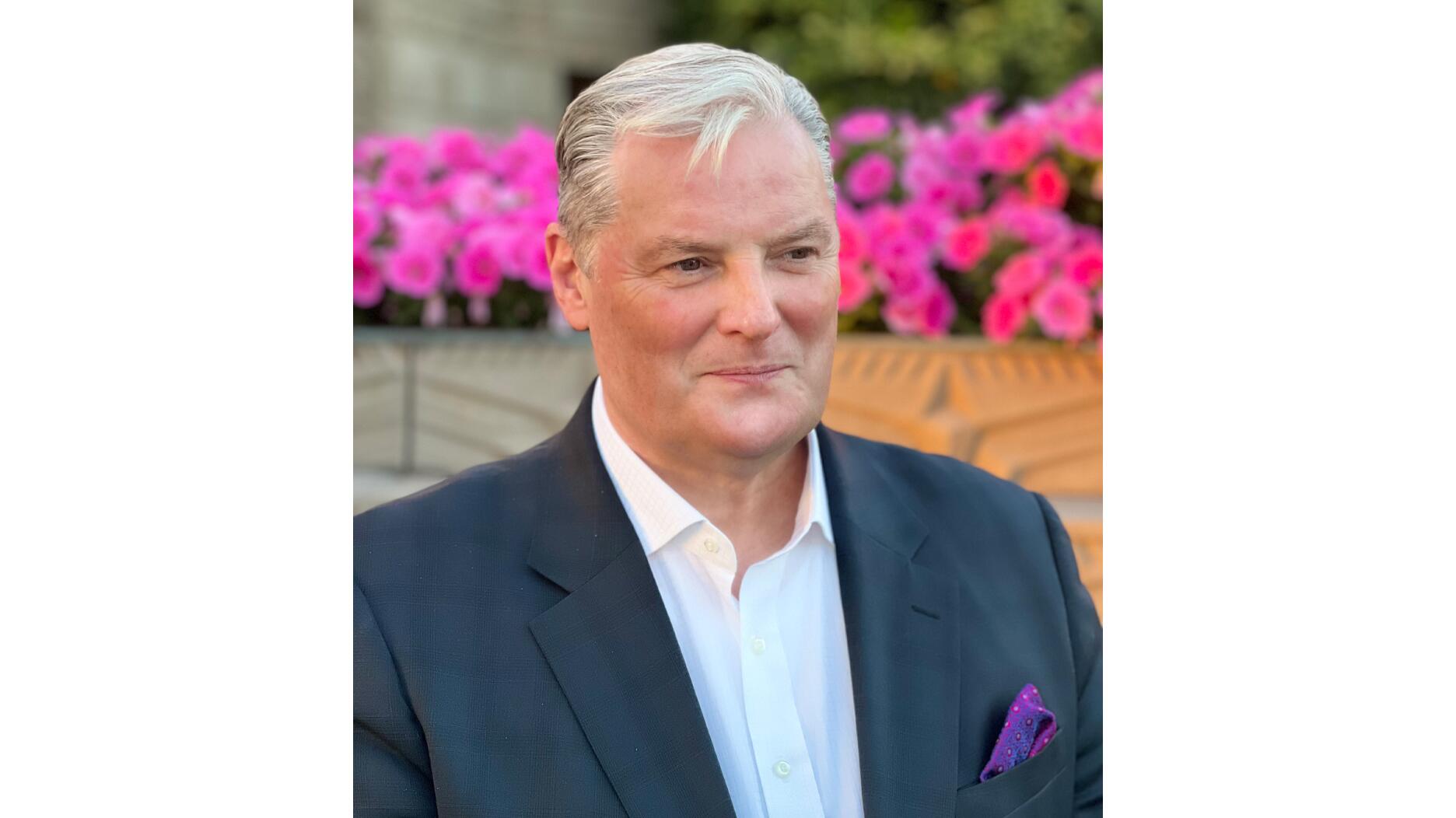Peter Smith: The Case for Optimism in Sales
In his latest column, Smith shares multiple reasons why people who look at the glass as being hall full often make better salespeople.

She was nothing less than a powerhouse salesperson; focused, driven, and successful.
She also cast a giant shadow and her colleagues walked on eggshells around her, either necessarily deferential to avoid even the appearance of opposition, or disdainful and strategically distant, refusing to be intimidated by her.
Margaret was the top producer every month.
She was on 24/7 and yes, that included days off and vacations, which she took reluctantly and with great foreboding, lest she miss something while away.
Having studied great salespeople for decades through the lens of experience, observation, and the academic and psychological literature on the subject, I still struggle to define Margaret.
She was precisely the kind of employee who would (and, I suspect, did) send myriad managers into early retirement. Yet she was consistently the single most reliable producer of results, especially when the month or quarter needed to be delivered at the 11th hour.
I often wondered whether Margaret was a happy person. Unlike many of us, she didn’t wear her emotions on her face.
When she made a big sale, she’d act like she’d been in the end zone before and expected nothing less.
When she experienced disappointment, because a customer didn’t make a purchase at all or didn’t spend what Margaret expected them to spend, she’d dip her head to the floor, offer a barely perceptible shake, and speed away in pursuit of her next opportunity without uttering a word.
As difficult as it was to fully understand Margaret’s psyche, the one thing I am willing to bet on is that she was an optimist. Not the surface-level, wear-it-on-your-face variety, but an optimist nonetheless.
Margaret, you see, expected to close every single customer she encountered and, despite not wasting a minute on internal relationship building and social engagement, she believed every first sale was the beginning of a long relationship with that customer. And she was right, a lot.
Martin Seligman, the sage of positive psychology, wrote, “Life inflicts the same setbacks and tragedies on the optimist as on the pessimist, but the optimist weathers them better.”
The extent to which Seligman’s sentiment can be used as a bellwether for sales performance would be an interesting topic of debate.
Some of us may have experienced seemingly negative people who somehow managed to eke out a living in sales, but there can be little doubt that there is a strong correlation between optimism and sales acumen.
For the record, sales acumen means a track record of consistent performance influencing customers to make buying decisions, like Margaret.
“Some research suggests salespeople can be hired based purely on their optimism alone. I wouldn’t go that far, but there can be little doubt that being optimistic helps steel resilience, and that trait is critical in sales.” — Peter Smith
We also can assess ourselves on a regular basis to make sure we are spending more time looking at the glass as half full, rather than the decidedly less useful half-empty pessimism. That is not fun to be around, and not a useful trait for influencing and inspiring buying behavior.
Some research suggests salespeople can be hired based purely on their optimism alone.
I wouldn’t go that far, but there can be little doubt that being optimistic helps steel resilience, and that trait is critical in sales. If you can’t handle heavy doses of rejection, you won’t ask questions that invite “no” answers or perceived rejection.
Danny Kahneman, the Nobel Prize-winning author of “Thinking, Fast And Slow,” wrote, “If you were allowed one wish for your child, seriously consider wishing him or her optimism.
“Optimists are normally cheerful and happy, and therefore, popular; they are resilient in adapting to failures and hardships, their chances of clinical depression are reduced, their immune system is stronger, they take better care of their health, they feel healthier than others and are in fact likely to live longer.”
Margaret will remain a wonderful mystery to me, hardly cheerful and happy, but brilliant and complex.
And while I might think twice about hiring someone with her personality because it could be hard for teammates to flourish under her big branches, that deeply rooted optimism, the expectation she took into every customer interaction that she was going to make the sale and build a long-term relationship with that customer … well, get that into my veins.
Happy retailing!
The Latest

Set in a Tiffany & Co. necklace, it sold for $4.2 million, the highest price and price per carat paid for a Paraíba tourmaline at auction.

The jeweler’s “Deep Freeze” display showcases its iconic jewelry designs frozen in a vintage icebox.

Take luxury gifting to new heights this holiday season with the jeweler’s showstopping 12-carat sphene ring.

How Jewelers of America’s 20 Under 40 are leading to ensure a brighter future for the jewelry industry.

This year's theme is “Unveiling the Depths of the Ocean.”


In its annual report, Pinterest noted an increase in searches for brooches, heirloom jewelry, and ‘80s luxury.

Starting Jan. 1, customers can request the service for opal, peridot, and demantoid garnet.

Roseco’s 704-page catalog showcases new lab-grown diamonds, findings, tools & more—available in print or interactive digital editions.

The 111-year-old retailer celebrated the opening of its new location in Salem, New Hampshire, which is its third store in the state.

The new catalog features its most popular chains as well as new styles.

The filmmaker’s personal F.P. Journe “FFC” prototype was the star of Phillips’ recent record-setting watch auction in New York.

The new location in the Design District pays homage to Miami’s Art Deco heritage and its connection to the ocean.

Inflations, tariffs, and politics—including the government shutdown—were among consumers’ top concerns last month.

“Longtime favorite” presenters, as well as first-time speakers, will lead talks and workshops at the annual event in Tucson next year.

Silas Smith of Meridian Metalworks won the challenge with his pendant that blends Australian and American landscapes.

The sale of the 31.68-carat, sunset-hued stone was part of Sotheby’s first series of events and auctions in Abu Dhabi.

The collection features characters and motifs from Ukrainian folklore, including an enchanted mirror and a magic egg.

MatrixGold 3.11, the newest version of the jewelry design program, offers more flexibility, precision, and creative control.

The pavilion will be part of the 2026 JA New York Spring show, scheduled for March 15 to 17.

Kadet, a 1994 National Jeweler Retailer Hall of Fame inductee, helped grow the family-owned retailer in the Chicago area and beyond.

Billed as the world’s smallest wearable, Lumia Health’s new smart earrings have a health tracker subtly embedded in the back.

Don’t let those with December birthdays feel blue. Help them celebrate their month with blue zircon, turquoise, and tanzanite.

The new pink sapphire version of the piece dances with its wearer in the brand’s “Icons After Dark” holiday campaign.

A choice that’s generated a lot of commentary, Pantone says “Cloud Dancer” marks a fresh start and encourages relaxation and creativity.

The manufacturer’s holiday campaign features a gift guide filled with trending designs and jewelry that can be personalized.

The man was charged with theft, accused of ingesting the necklace while in a jewelry store in Auckland, New Zealand.

The Florida independent expanded its store from 8,000 to 14,000 square feet, fulfilling the vision of its late co-founder, Jim Dunn.





























